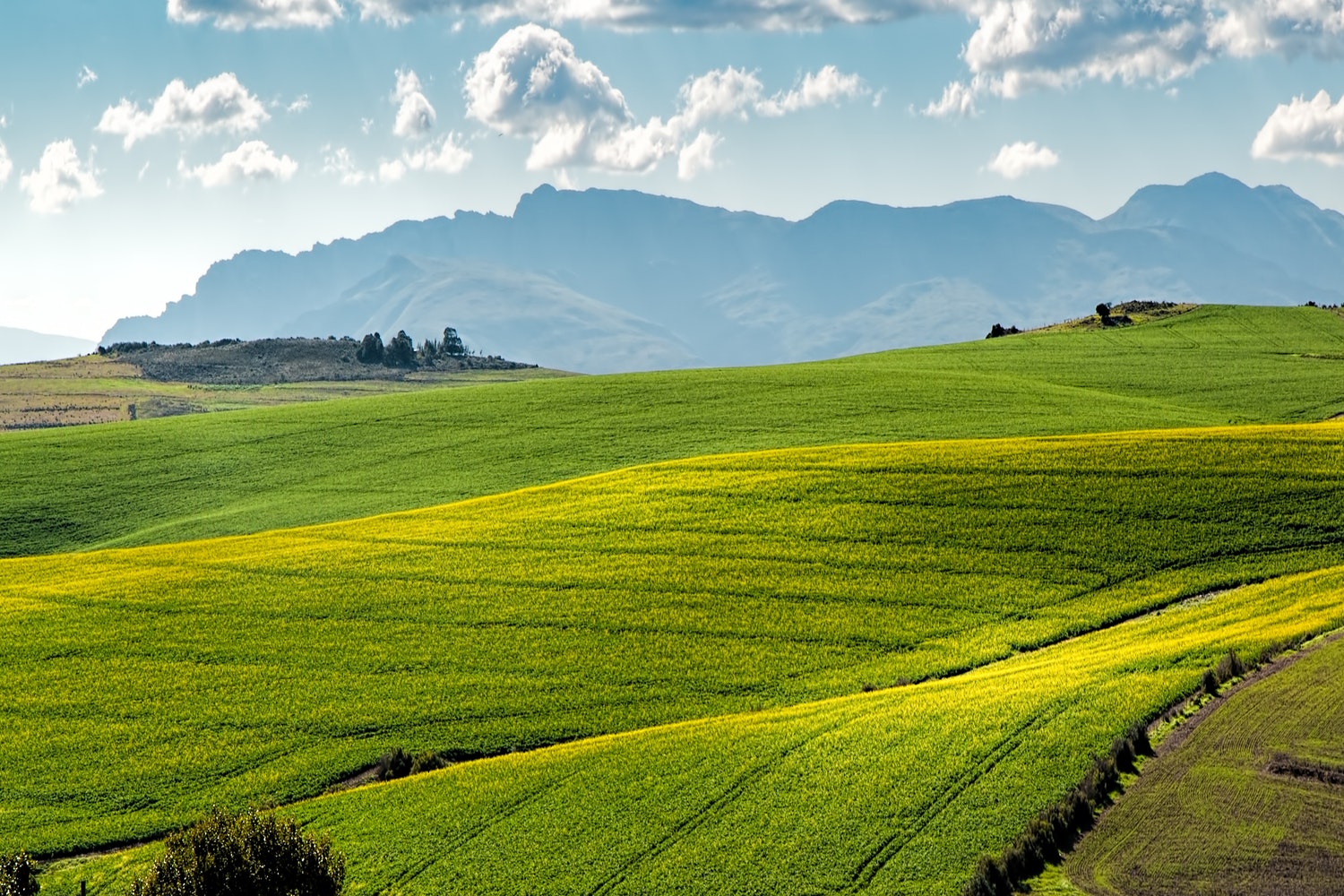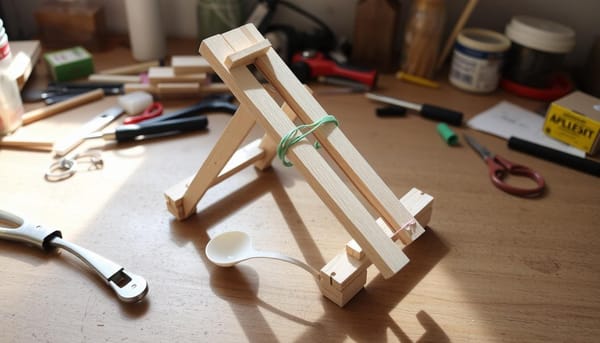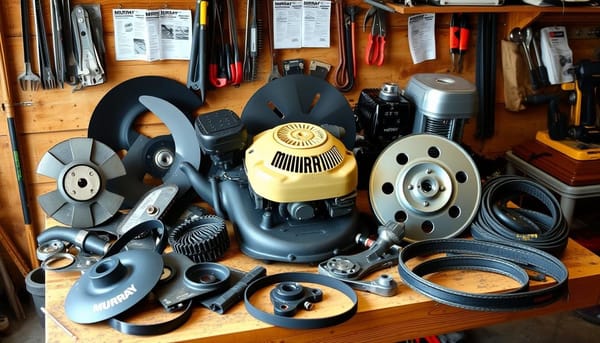Getting Agriculture Data with Progeny Drone

Drones have many uses. For many people, flying them can be a recreational hobby. They can also be used for filming, delivering small items, and surveying dangerous areas. Perhaps lesser known is the use of drones in agriculture. While drones have been used in agriculture before, Progeny Drones believes their software can make collecting and analyzing agricultural data faster and more efficient than ever.
The Purdue-affiliated company is looking to attach a piece of software to drones that are able to convert aerial crop photos into useful information. The software would supply information on things like precision agriculture, plant breeding, and crop modeling.
How It WorksProgeny Drone’s software uses its own precision metrics and does not require ground control points. This means that there is less set-up involved, and information can be processed in a quick and efficient way.
Typically, drone information is processed by companies that use supercomputers and cloud computing. The process can take days or weeks to get information. With Progeny Drone’s software, the information can be gotten within minutes, processed right on a laptop.
The data from the drones can help people to learn about the physical landscape of their fields, crop health, and potential crop yields. It’s effective for discovering problems and deciding what to plant. It’s also possible to take previous data and use that to make comparisons between past and present conditions.
Who It’s ForRight now, Progeny Drone intends to target seed companies and research groups within the field of agriculture. The company believes that drones can play a vital role in the future of agriculture, but they are also aware that there are some skeptics out there. Not all drone technology has really lived up to the hype, and some may not think it’s worth it to use drones. Progeny Drones wants to prove it’s worth and believes this is the right place to start.
In the future, the company would like to expand and become available to individual farmers, as well. This technology is not overly complex and can be of great benefit to farmers that want to know more about their land and want data but without a wait.
How it StartedProgeny Drone co-founders, Anthony Hearst and Katy Rainey began to develop the company after taking part in the FireStarter Program at the Purdue Foundry, an accelerator that seeks to help develop entrepreneurship.
Hearst is a Ph.D. candidate in agricultural and biological engineering at Purdue University and he has five years of experience with the collection of data and imagery from drones. Dr. Katey Rainey is an assistant professor at Purdue University, and she has over twelve years of agricultural experience. Together, they developed a business plan to market software that would help make drone data less “overwhelming” for people in agriculture.
Purdue’s Office of Technology Commercialization patented the company, and the company has also been awarded various grants to further expand, including a $50,000 grant, which they received when they were accepted into the National Science Foundation I-Corps Program.
When It’s HappeningCurrently, the Progeny Drone website states that it is “Coming Soon.” There is information up on the project and with the aid of its grants and funding, the company should be able to develop more and make its product ready for the market. Despite this, there isn’t yet an official date for the drone software to begin commercial use. It could take months or even a few years- there’s no way of knowing, right now.
What It’s WorthBy improving the software used by drones, Progeny Drone makes agriculture easier and keeps people in the know about their fields. It can save farmers and companies money that they might otherwise spend on sending out data to other places for analysis. It also gives them more time to work, as they don’t need to wait for their data and they don’t need to set up their field before the drone flies over it.
Even if you’re not involved in agriculture, it does play a big part in your life. Failed crops can be the difference between paying high or low prices for your fruits and vegetables. We all need food and so agriculture plays a big part in our lives, whether we see it or not.
Fyxes
Thoughts, stories and ideas.




